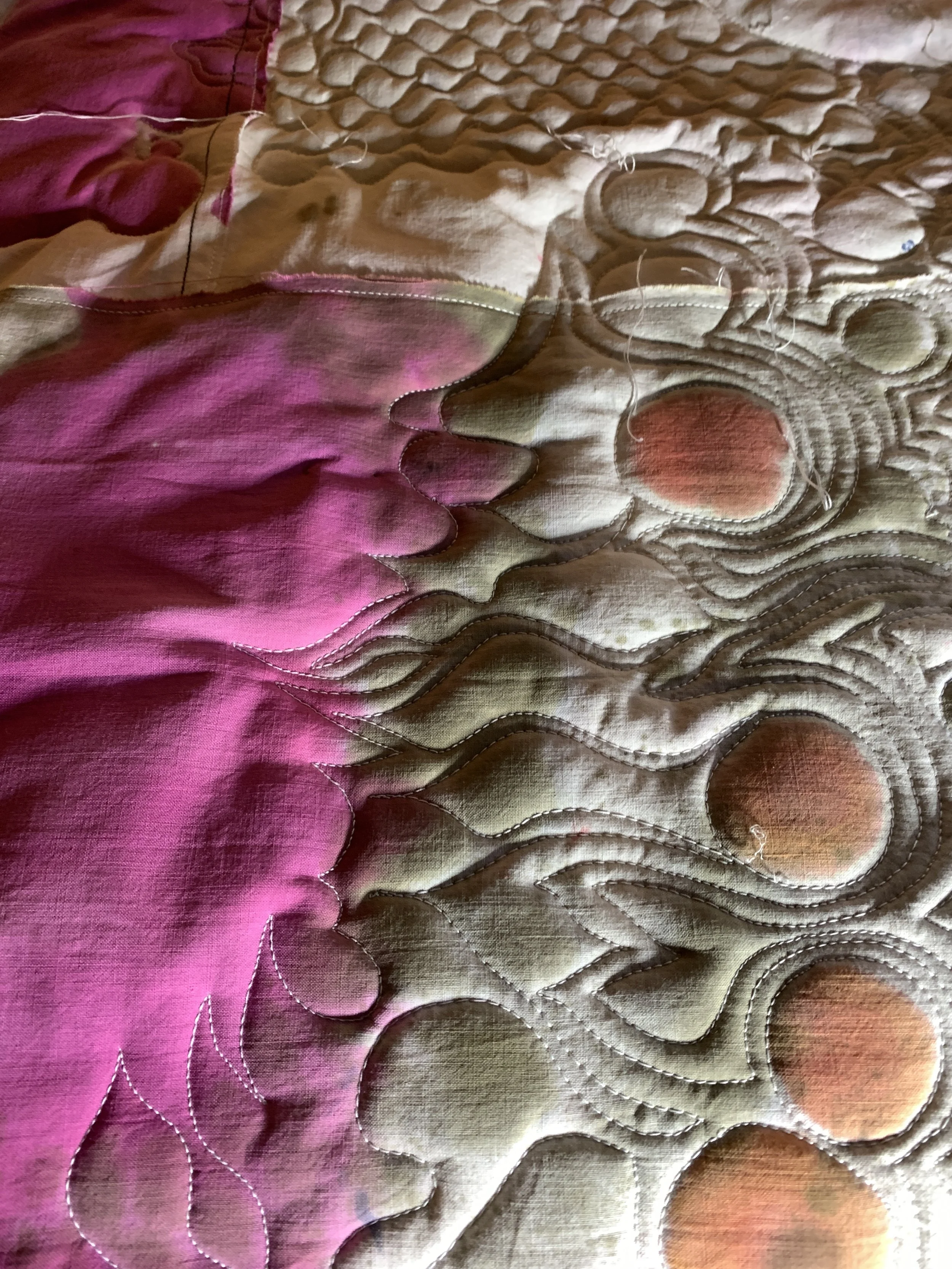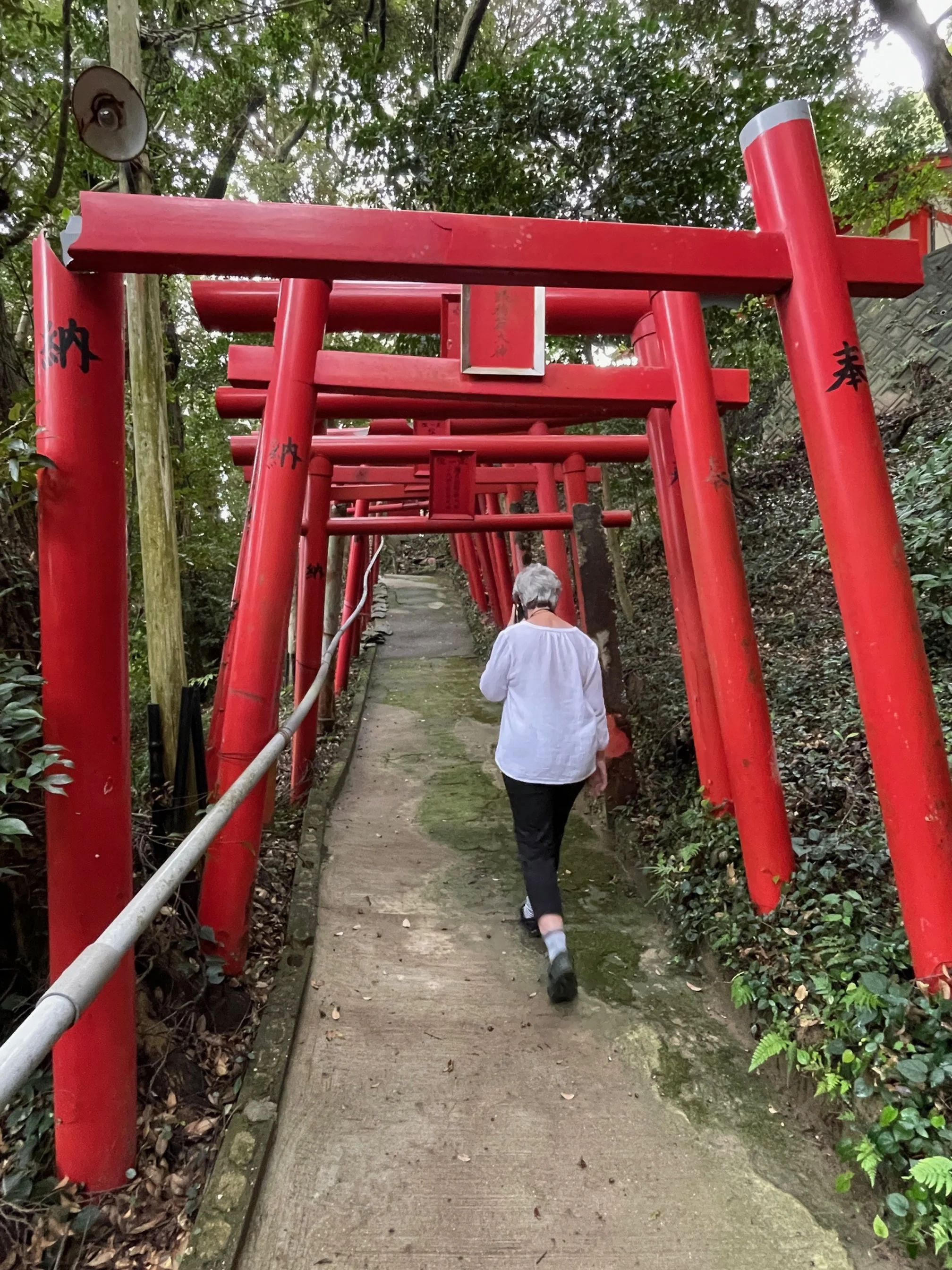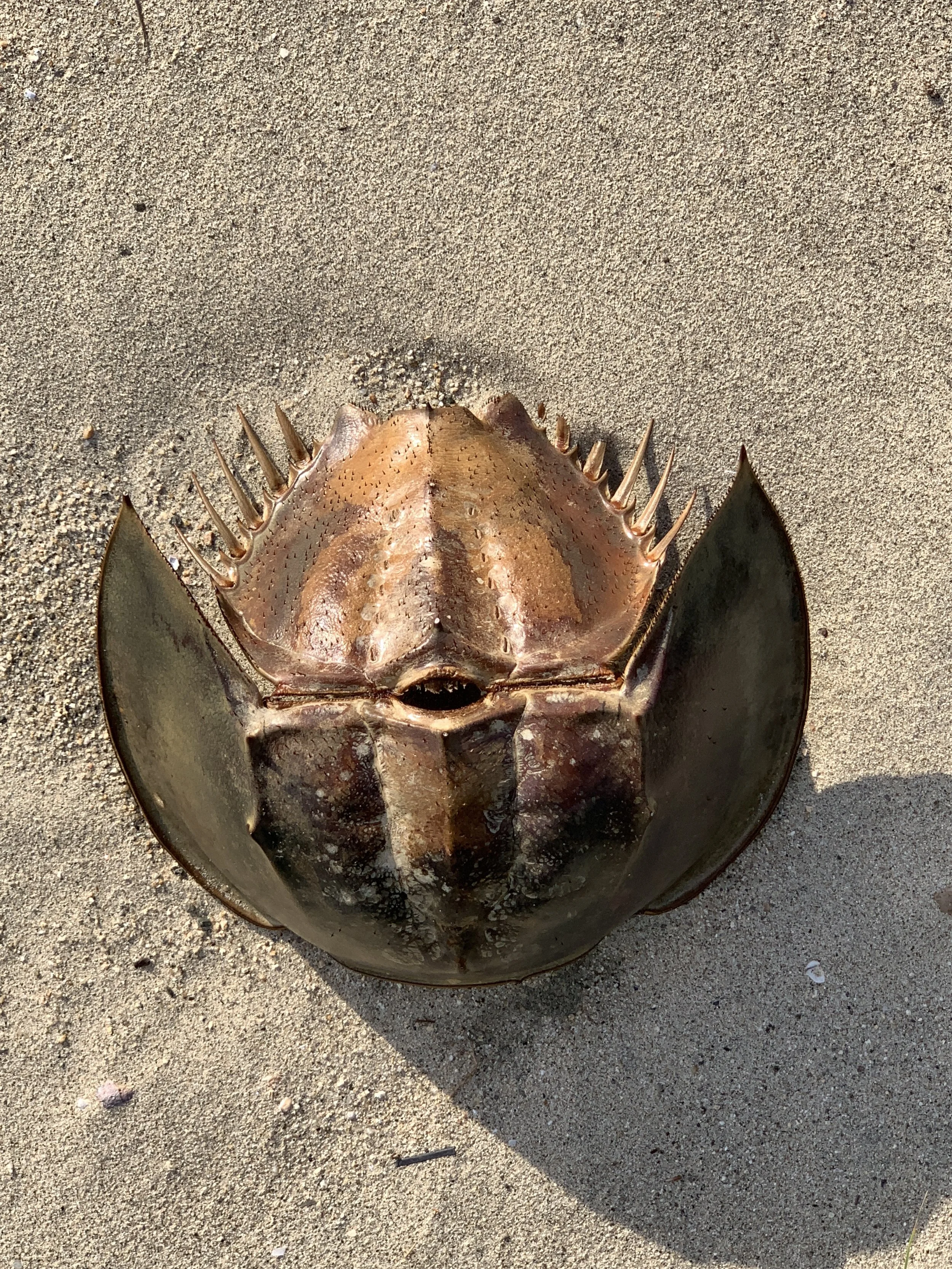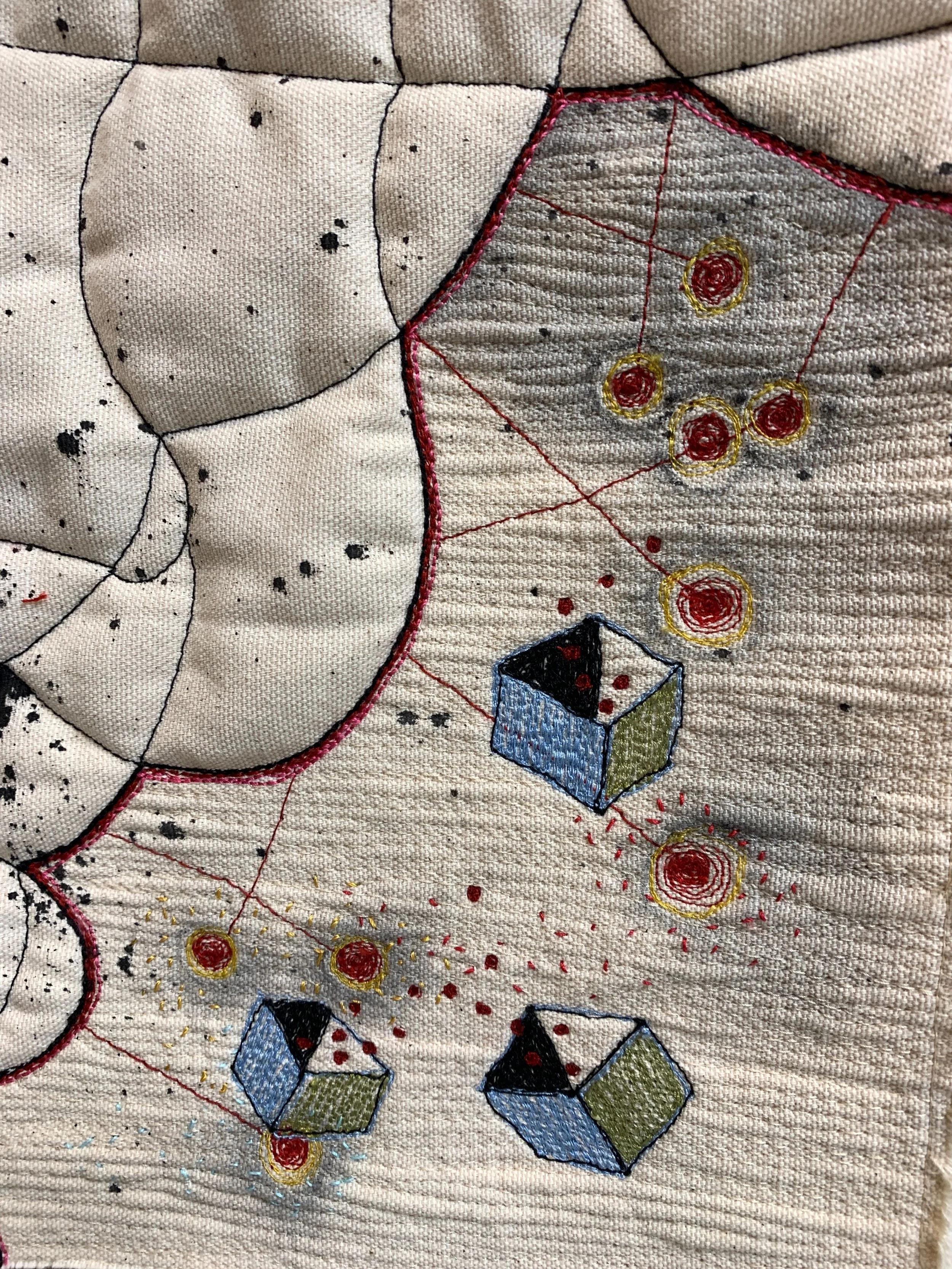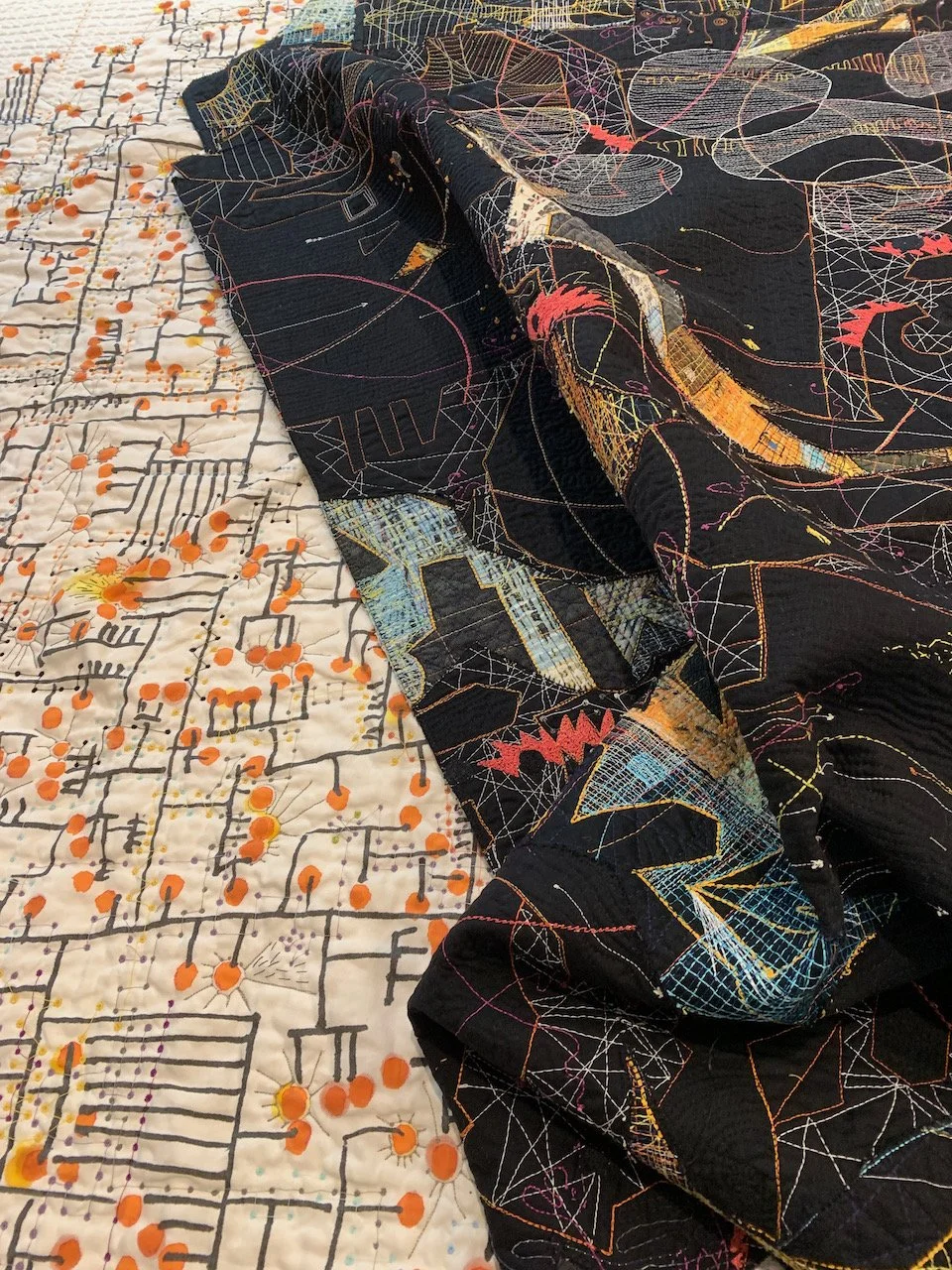Yesterday I took three walks at the Indiana Dunes National Lakeshore. One to the dunes, one through a marsh and one on the beach. I recommend them all to those who question the value of preserving national parks.
I met a scientist from India on this path. He was amazed by the treasure of it.
Textures and color create tempting avenues for exploration. How might I stitch this pattern?
The sounds in this marshland were primordial:gurgling gallumps, screeching squeals, twittering clicks and clacks. The sounds of new life.
This park is a skinny shard of what it could have been. Having just finished a book called Sacred Sands, the Struggle for Community at the Indiana Dunes by J. Ronald Engel, I am amazed that there is anything left at all. Between the push for steel mills and power stations, deep water ports and railroads this skinny little strip was mangled, disfigured and mined for its riches. Even the district politicians in 1966 were against having a national lakeshore designation citing the economic benefits that the industry brought to the state. Hanging by threads to the remaining ecosystems the park managers focus on biodiversity and preserving what remains.
The park is a patchwork of geometry striated with roads.
I applaud the efforts of the band of devoted citizens, both in the past and present who see the value of preserving this wonderland.





